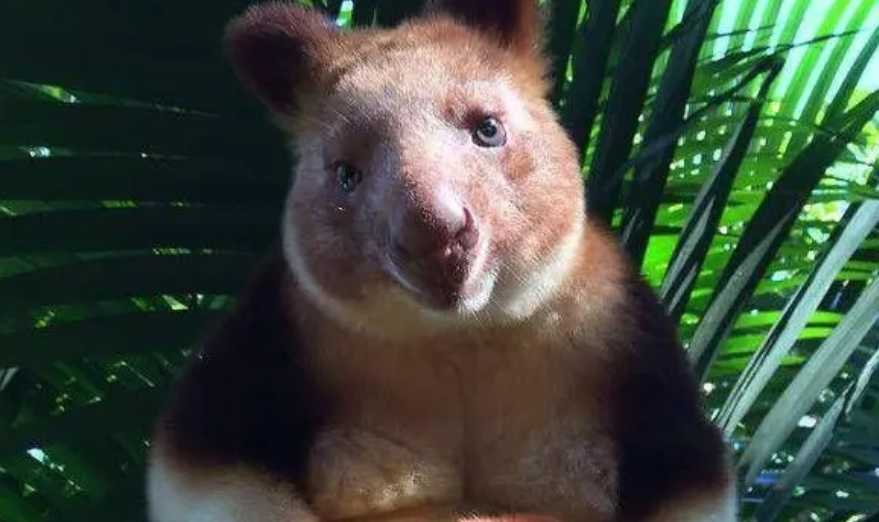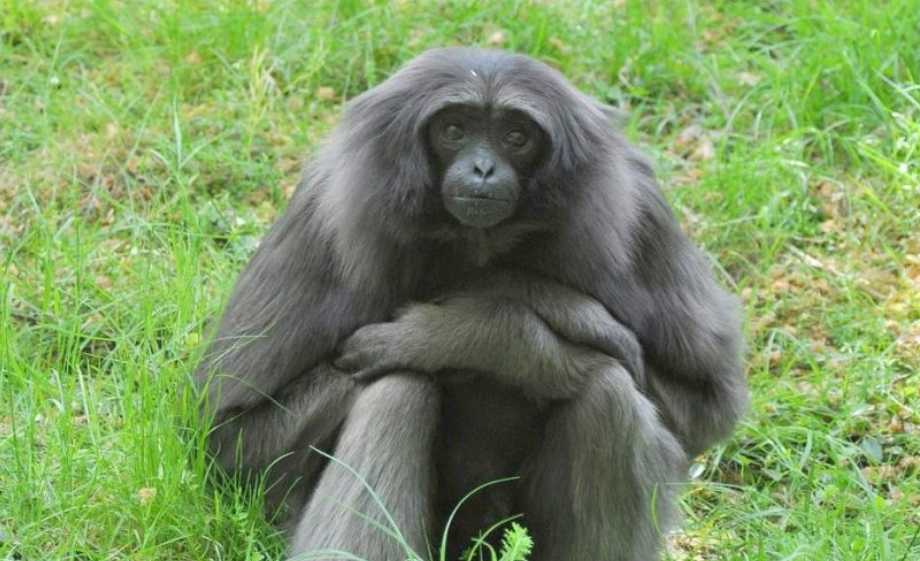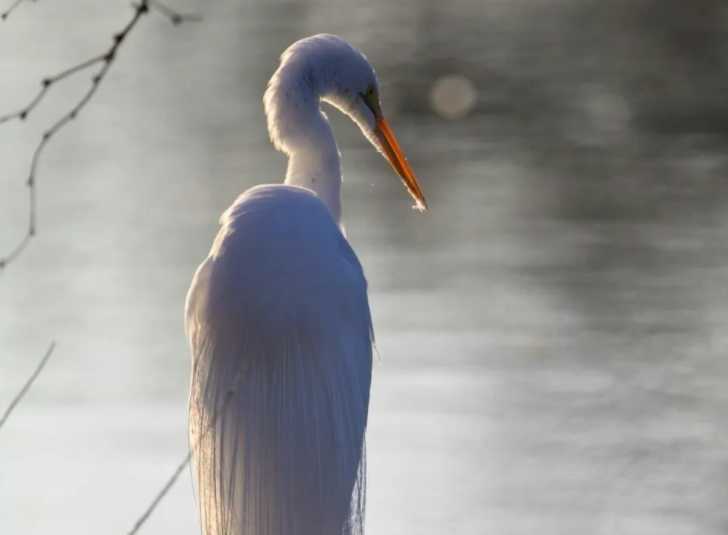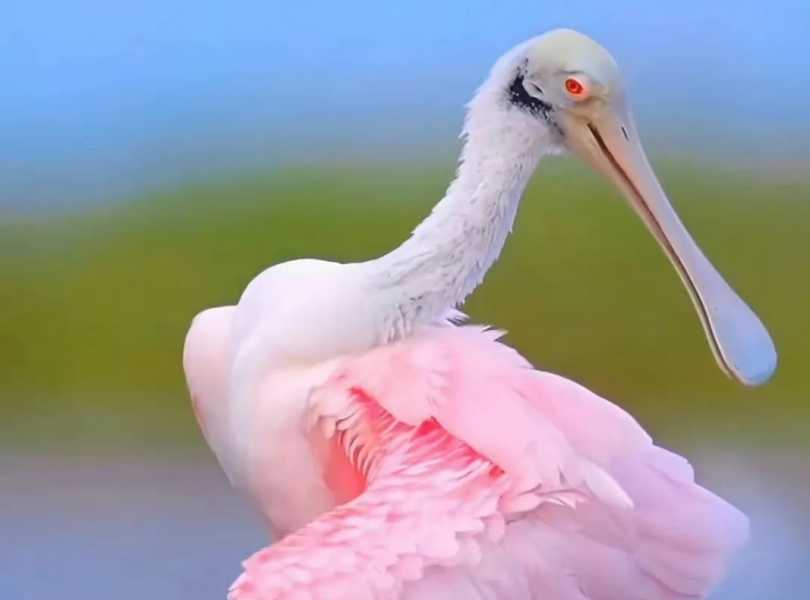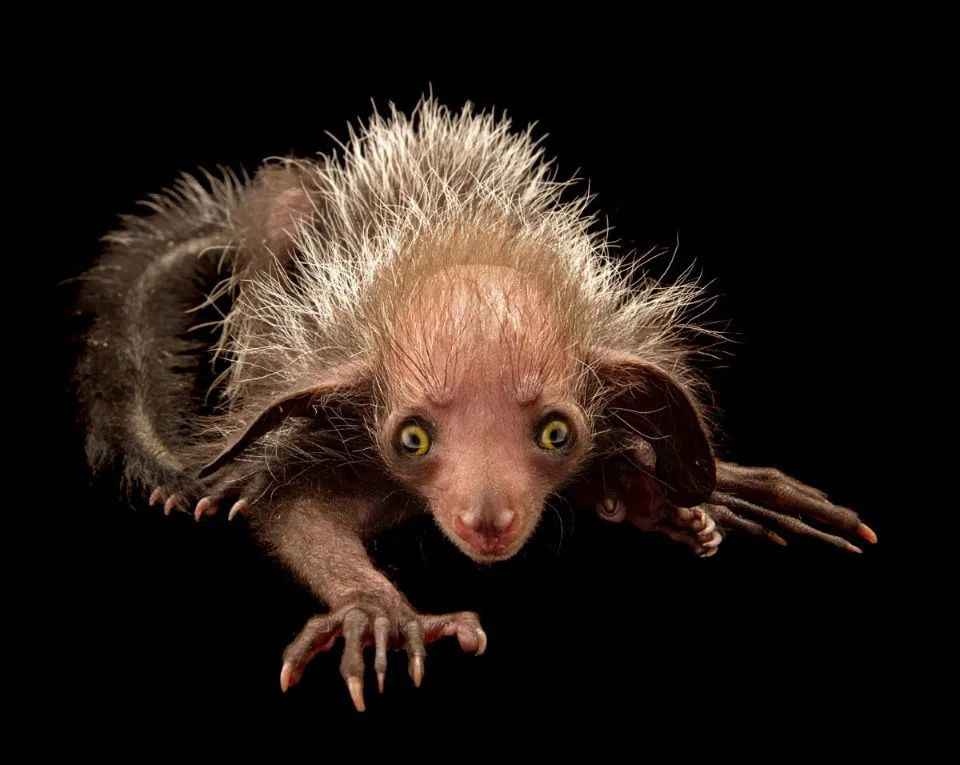The Pink River Dolphin: Amazon’s Enigmatic Pink Wonder Unique to River EcosystemsIn the murky waters of the Amazon and Orinoco river basins, a creature of mythical allure glides through the currents: the pink river dolphin (Inia geoffrensis), a unique species that has captivated indigenous tribes and scientists for centuries. Often called the "botos," these dolphins stand out not only for their striking pink hue but as one of the few freshwater dolphin species on Earth, evolving the perfect adaptation to thrive in the Amazon’s labyrinthine waterways.
June 20, 2025, 4:50 pm EDT
A Blushing Giant of the River: Biology and Behavior
Threats to a Unique Species and Conservation Efforts



